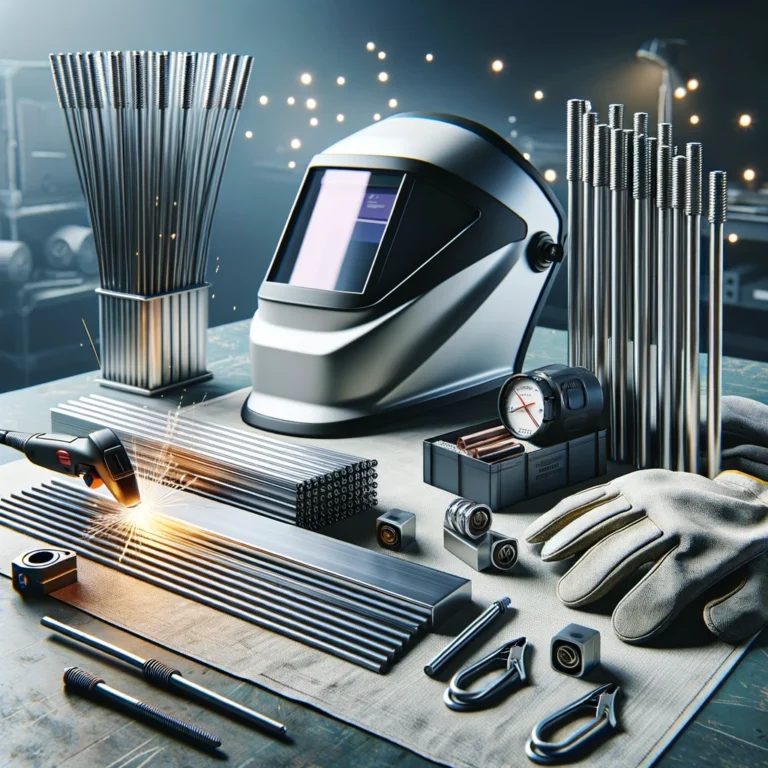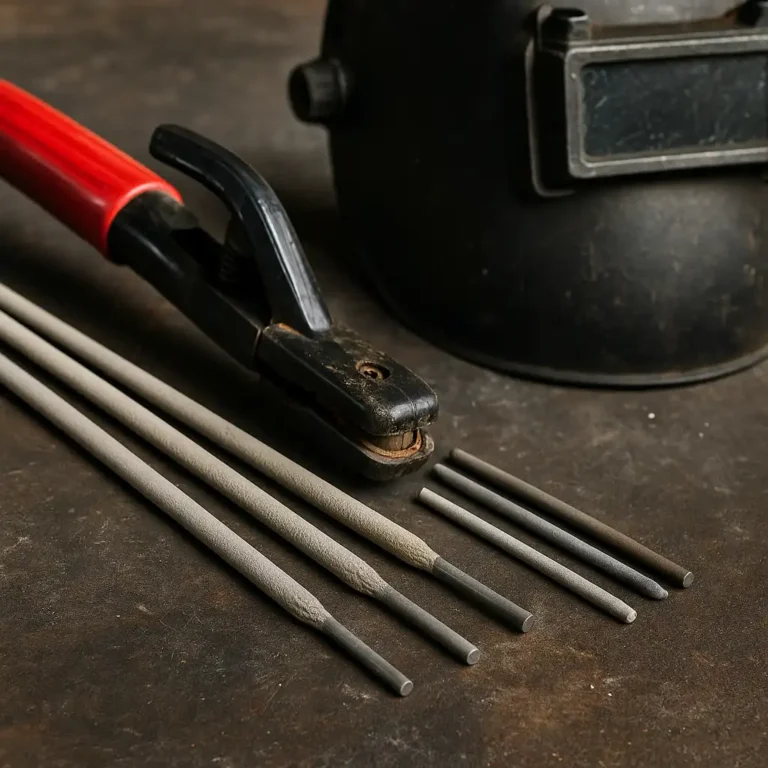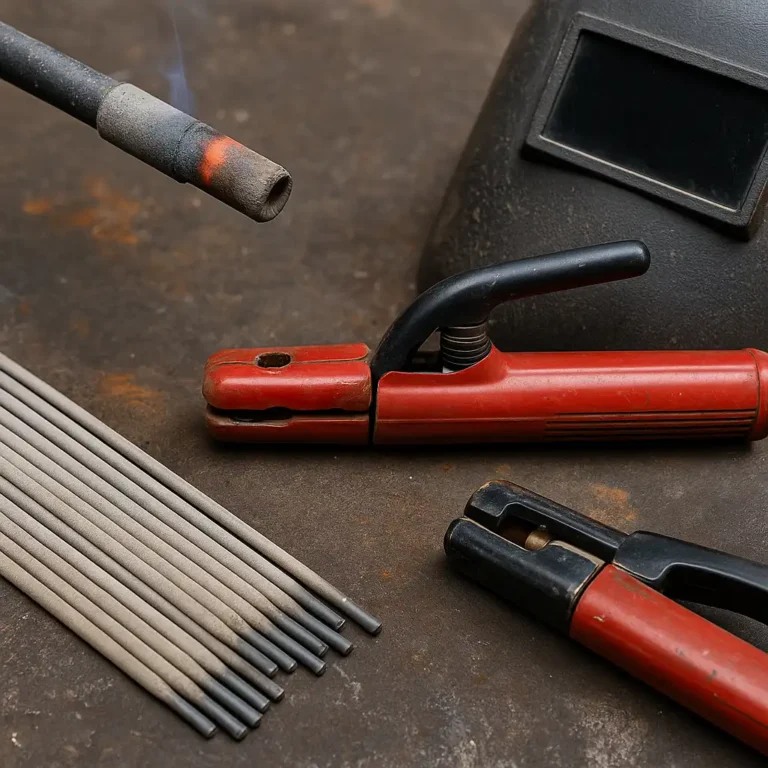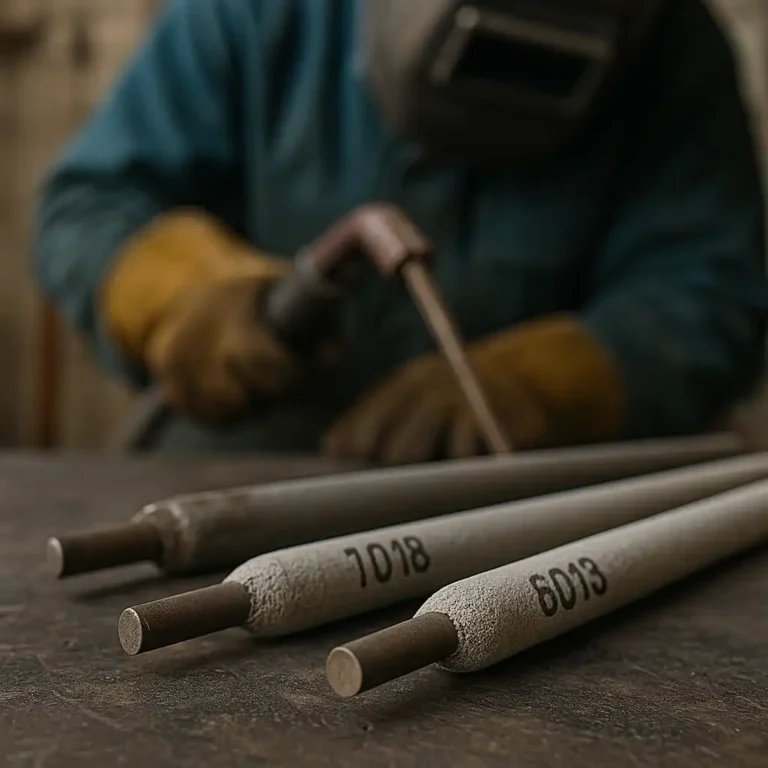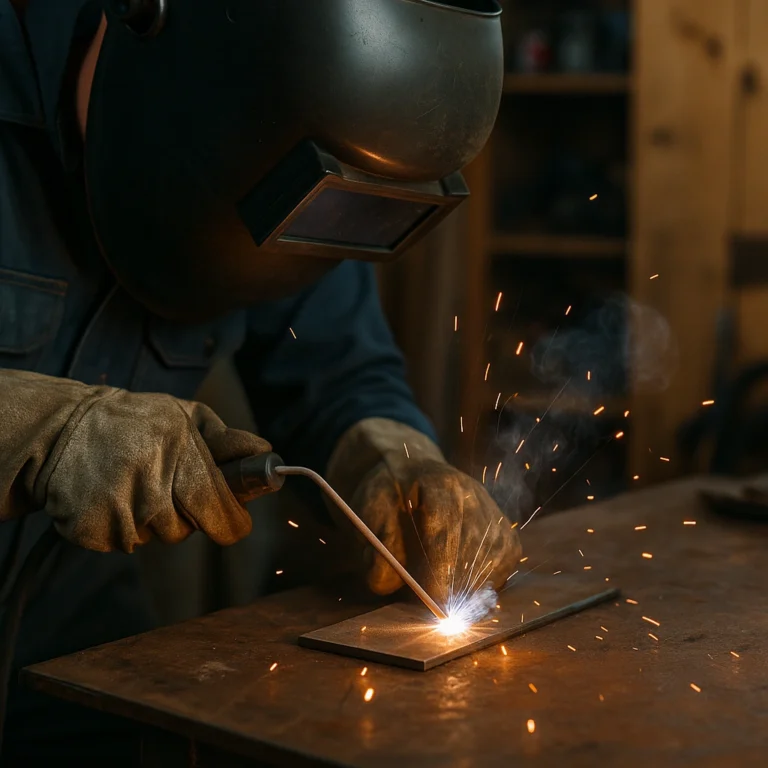7014 vs 7018 Welding Rod – Key Differences and Best Uses
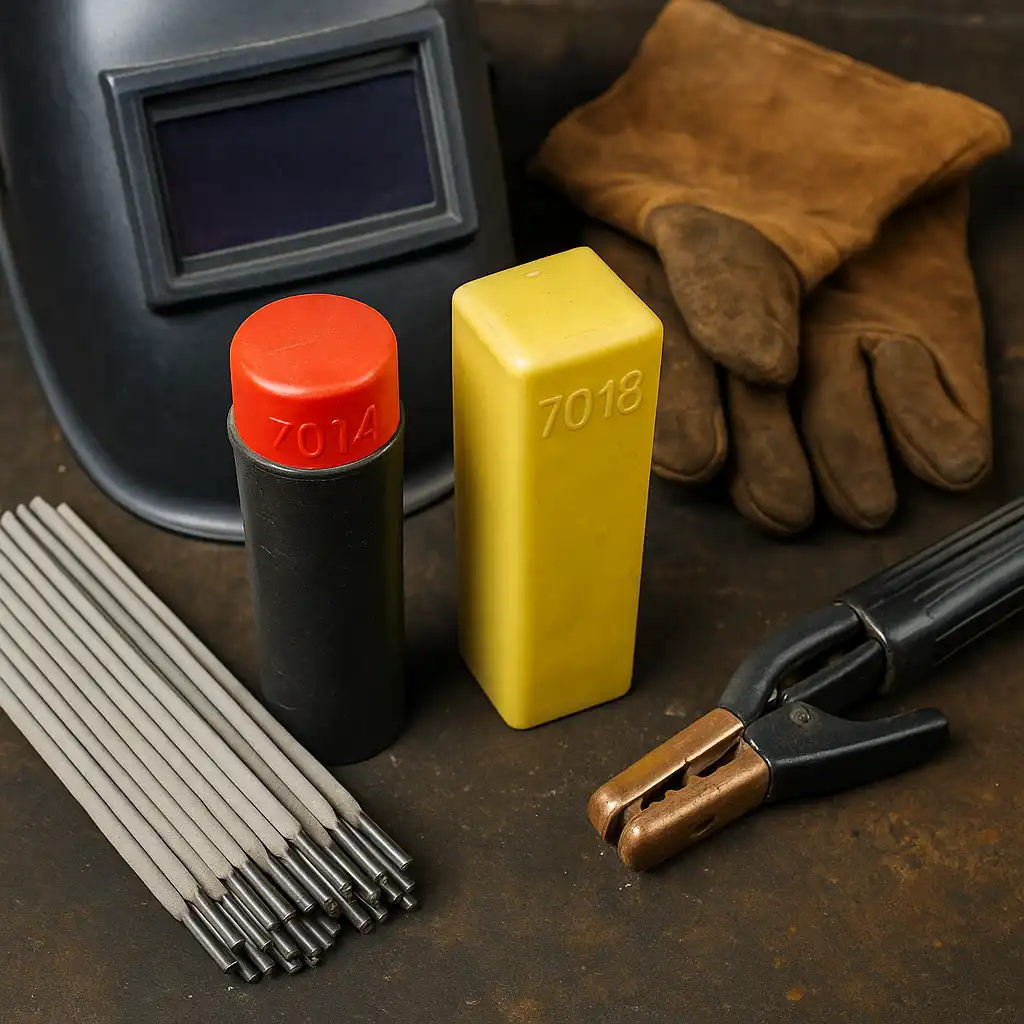
Disclosure: This post contains affiliate links. As an Amazon Associate, I earn from qualifying purchases—at no extra cost to you.
Last Updated: September 11, 2025
The 7014 vs 7018 welding rod debate is common in stick welding. Both are reliable, but they serve different jobs. Knowing when to grab 7014 and when 7018 is required will keep your welds strong, clean, and inspection-ready.
👉 If you want the bigger picture, our overview of the best welding rods explains the main types and when each one is worth using.
📋 Quick-View Comparison List
🔩 7014 Welding Rod
⚡ Strengths: Smooth arc, fast fill, easy slag removal
🔧 Best For: Farm repairs, shop fab, light structural jobs
⚠️ Limitations: Shallow penetration, not for code work
🔩 7018 Welding Rod
⚡ Strengths: High tensile strength, low-hydrogen welds, inspection-approved
🔧 Best For: Structural steel, pressure vessels, heavy equipment
⚠️ Limitations: Moisture-sensitive, requires dry storage
🔎 Strength & Durability
7014 rods lay down metal fast with good bead appearance. They work well on clean steel but don’t have the strength or penetration for critical welds.
7018 rods are designed for toughness. Their low-hydrogen coating produces strong welds that meet code and handle high stress, which is why they’re standard in structural and industrial work.
🔎 Ease of Use & Handling
7014 is user-friendly. It strikes easy, runs smooth, and the slag comes off clean. Even beginners can get good results.
7018 takes more care. It runs steady once you’ve got the feel, but it can stick if your technique slips. On top of that, rods must stay dry or they lose their low-hydrogen properties.
🔎 Versatility in Welding Jobs
7014 rods are great for shop fabrication, farm repairs, and hobby welding. They’re best on clean, mild steel where appearance matters.
7018 rods cover heavy-duty jobs. From bridges to beams, they’re required for welds that need to pass inspection.
🔎 Best Match for Welders
Choose 7014 when you want an easy-running rod for general fab or light projects.
Go with 7018 when strength and low-hydrogen welds are critical.
👉 Curious about electrode numbers? Check out our guide on what welding rod numbers mean.
📦 7014 Welding Rod – Best for General Fabrication
7014 is a good fit for shop work and small structural jobs. It produces a clean bead with little cleanup.
Limitation: it won’t penetrate thick or dirty steel and isn’t suited for code-level welds.
📦 7018 Welding Rod – Best for Structural and Code Work
7018 is trusted for structural steel, pressure vessels, and industrial builds. It makes strong, low-hydrogen welds that inspectors approve.
Limitation: rods must stay dry and can be harder for new welders to handle.
🟢 FAQs
Q: What is 7014 welding rod good for?
A: Light fabrication, shop welding, and repairs on clean steel.
Q: What is the difference between 7014 and 7018 welding rod?
A: 7014 is easier to run but less strong. 7018 is tougher to handle but produces stronger, code-ready welds.
Q: Which rod is easier to run?
A: 7014. It’s forgiving and strikes easy.
Q: Can 7014 replace 7018?
A: No. 7014 is fine for general work, but 7018 is required for structural and inspected welds.
✅ Conclusion
In the 7014 vs 7018 welding rod matchup, 7014 is the easy rod for shop projects and light jobs, while 7018 is the heavy hitter for structural and code work. Both belong in a welder’s kit—the difference is knowing which one to strike for the job at hand.

